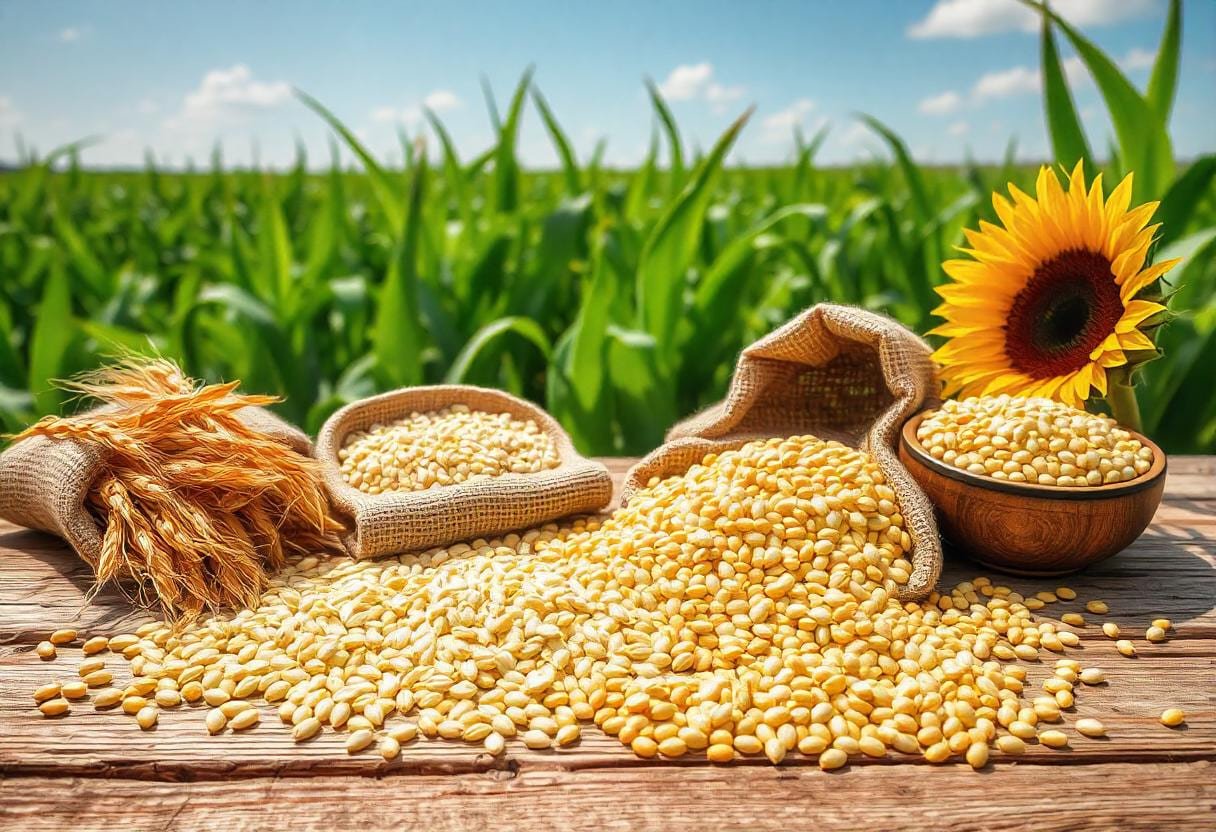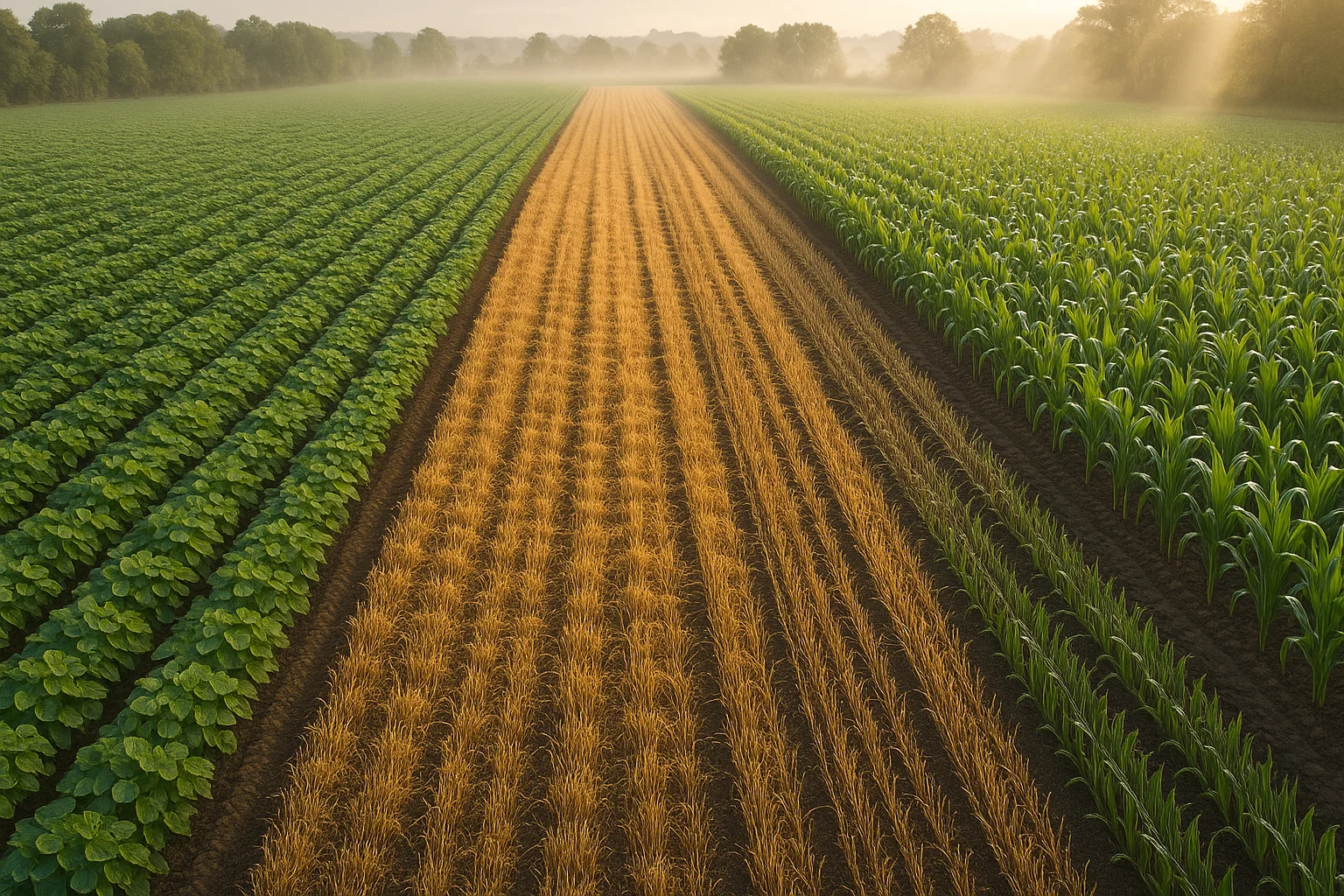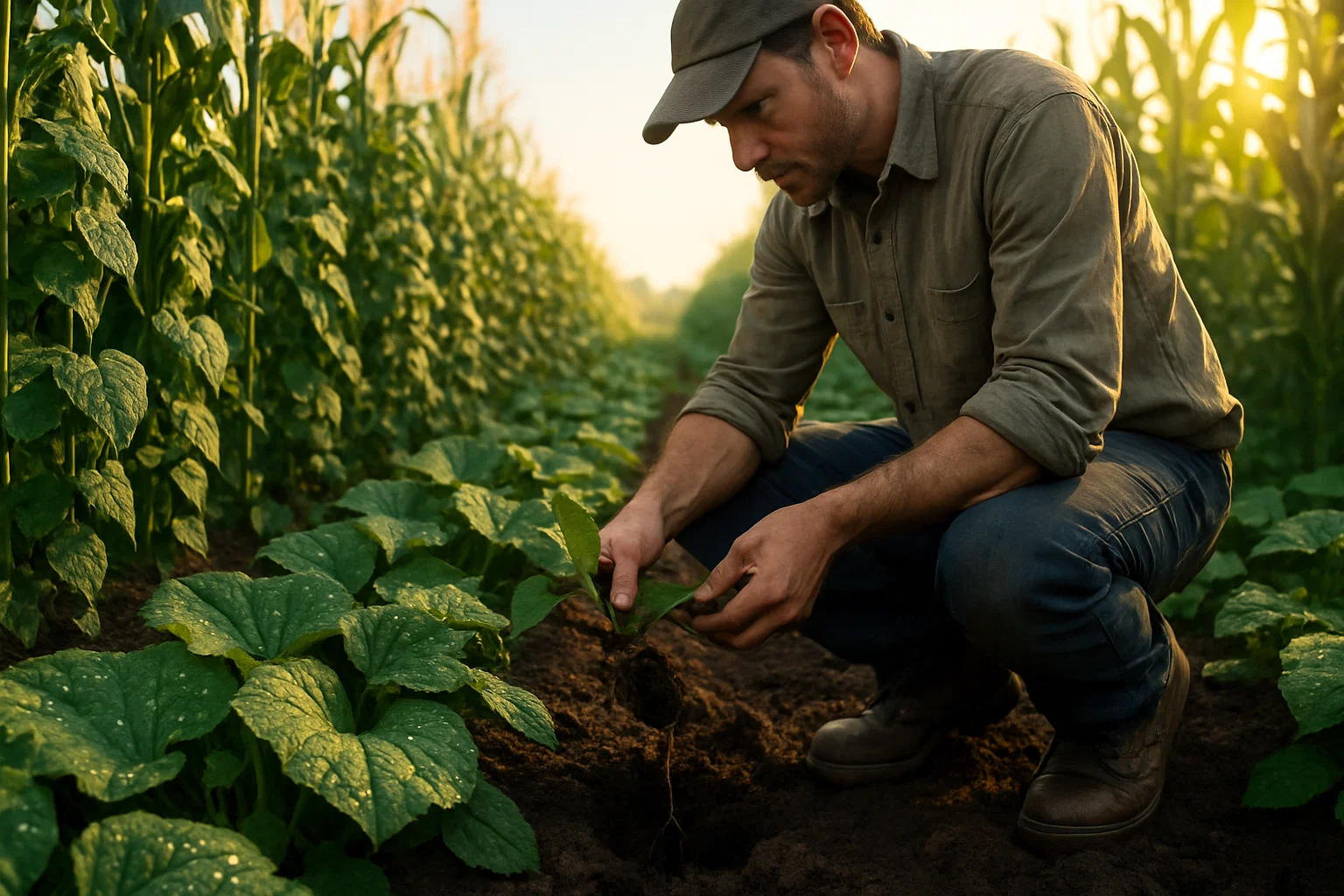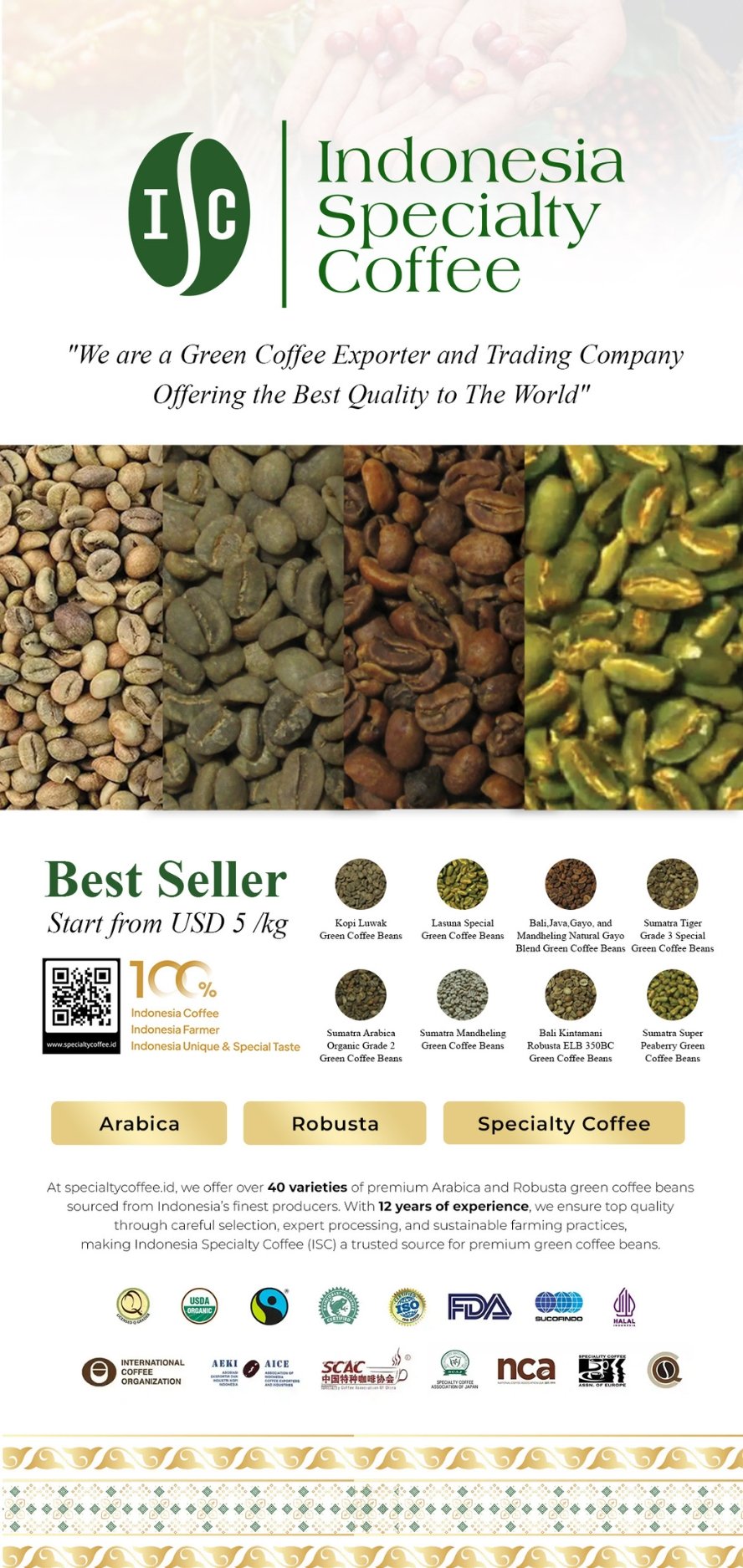As the world faces increasingly unpredictable weather patterns, the agricultural sector is under immense pressure to adapt. Farmers are grappling with droughts, floods, heatwaves, and storms that threaten crop yields and food security.
In this challenging environment, climate-resilient agricultural seeds have emerged as a game-changing solution. These seeds are specifically designed to withstand extreme weather conditions, ensuring stable food production even in the face of climate uncertainty.
In this article, FnB Tech will explore how agricultural seeds are being developed to combat climate challenges, the benefits they offer, and why they are crucial for the future of farming.
Contents
The Growing Need for Climate-Resilient Seeds

Climate change is no longer a distant threat—it’s a present reality. According to the Intergovernmental Panel on Climate Change (IPCC), global temperatures are expected to rise by 1.5°C to 2°C by mid-century, leading to more frequent and severe weather events. For farmers, this means adapting to conditions that are far outside the norm.
Traditional agricultural seeds are often ill-equipped to handle these extremes. Crops may fail during droughts, succumb to pests during wet seasons, or struggle to grow in higher temperatures.
This is where climate-resilient seeds come into play. Engineered or selectively bred to thrive in adverse conditions, these seeds are a beacon of hope for sustainable agriculture.
What Makes Seeds Climate-Resilient?
Climate-resilient agricultural seeds are developed through a combination of traditional breeding techniques and modern biotechnology. Here’s how they are designed to tackle specific challenges:
1. Drought Tolerance
Drought-resistant seeds are engineered to require less water while maintaining high yields. For example, scientists have developed maize varieties that can survive prolonged dry spells by optimizing water use efficiency.
2. Flood Resistance
In regions prone to flooding, seeds are bred to withstand waterlogged conditions. Rice varieties like Swarna-Sub1 can survive submersion for up to two weeks, ensuring farmers don’t lose their crops during monsoons.
3. Heat Tolerance
With rising temperatures, heat-tolerant seeds are essential. These varieties can photosynthesize efficiently even in extreme heat, ensuring consistent growth and productivity.
4. Pest and Disease Resistance
Extreme weather often leads to increased pest activity. Climate-resilient seeds are often fortified with natural resistance to common pests and diseases, reducing the need for chemical pesticides.
Read also: Why Investing in Food Crops is Like Planting the Seeds for a Profitable Future
Benefits of Climate-Resilient Agricultural Seeds
The adoption of climate-resilient seeds offers numerous advantages for farmers, communities, and the environment:
1. Improved Food Security
By ensuring stable yields even in adverse conditions, these seeds help safeguard food supplies for growing populations.
2. Reduced Input Costs
Drought-tolerant and pest-resistant seeds reduce the need for irrigation and pesticides, lowering production costs for farmers.
3. Environmental Sustainability
With fewer chemicals and less water required, climate-resilient seeds promote eco-friendly farming practices.
4. Economic Stability for Farmers
Stable crop yields translate to more reliable incomes, helping farmers withstand the financial impacts of extreme weather.
Challenges in Adopting Climate-Resilient Seeds
While the benefits are clear, there are hurdles to widespread adoption:
1. Access and Affordability
Many smallholder farmers in developing countries struggle to afford advanced agricultural seeds. Efforts are needed to make these seeds more accessible through subsidies and support programs.
2. Education and Training
Farmers need training to understand how to best utilize climate-resilient seeds for maximum benefit.
3. Regulatory Barriers
In some regions, strict regulations on genetically modified organisms (GMOs) can slow the adoption of biotech-enhanced seeds.
The Future of Climate-Resilient Agricultural Seeds
The development of climate-resilient seeds is an ongoing process. Researchers are continually working to create new varieties that can handle even more extreme conditions. Advances in gene editing technologies like CRISPR are expected to play a significant role in this effort.
Moreover, collaboration between governments, research institutions, and private companies is essential to ensure these seeds reach the farmers who need them most.
Initiatives like the Climate-Resilient Crops Program by the CGIAR (Consultative Group on International Agricultural Research) are already making strides in this direction.
Conclusion
As climate change continues to reshape our world, climate-resilient agricultural seeds are becoming an indispensable tool for farmers. By investing in these innovative seeds, we can build a more sustainable and secure food system that withstands the challenges of extreme weather.
For farmers, policymakers, and consumers alike, the message is clear: the future of agriculture lies in seeds that are as resilient as the people who grow them. By embracing climate-resilient solutions, we can ensure that our farms—and our food supply—remain strong for generations to come.











